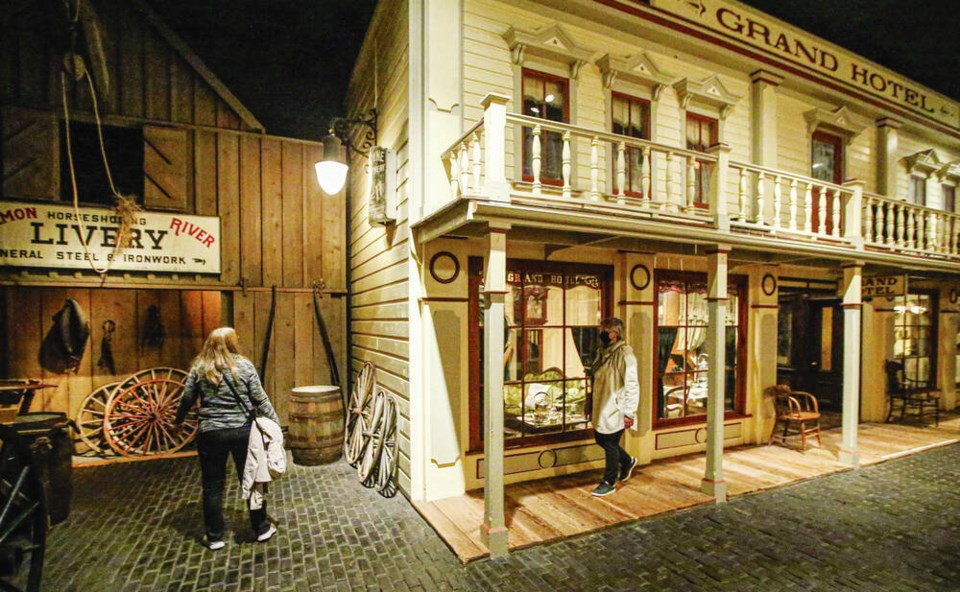The recent announcement that the Old Town exhibit in the Royal B.C. Museum would reopen to the public is a reminder that museums and politics are intrinsically linked.
Museums can be political when it comes to what they choose to collect and display, and about how and why they tell stories of the past. They are not necessarily neutral bodies.
In recent years the Royal B.C. Museum, which is owned by the provincial government, decided to move towards the “decolonization” of its exhibits and displays. But what constituted “colonization” was never adequately explained or defined, so when it was announced 18 months ago that Old Town would be closed the public reaction was harshly negative.
The exhibit is a quaintly charming recreation of Victoria city life in the late 1800s. A cobbled street, storefronts housing a print shop and a saloon as well as a multi-level hotel drew visitors by the thousands.
But while the exhibit has proven to be immensely popular over the years, there is a vocal minority who consider pretty much any recreation of depiction of our past to be offensive because it inevitably shows objects and people from our colonial past.
This minority seemed to have captured the views of the museum management, who announced in November 2021 that Old Town would disappear. A few months later, the B.C. government announced the entire museum would be closed for eight years while a new facility was built.
Again, cue the harshly negative public reaction.
The government backed down ― the announcement that the replacement idea was on hold was one of John Horgan’s last major announcements as premier ― and things went quiet, until February.
After leaving the strong impression that Old Town had been torn down, the museum surprised many when it casually announced in February that, in fact, the exhibit was still largely intact.
And now the exhibit will largely reopen to the public at the end of July. Some parts of it will reopen in the winter.
The reason for the turnaround, which will undoubtedly be a popular decision?
None other than newly appointed Tourism Minister Lana Popham, the minister responsible for the museum.
Soon after taking over the portfolio in January, Popham began pushing back against the museum management, prodding it into revisiting its position and demanding that it find a way to reopen Old Town (with some significant changes).
Popham, rightly so, views the museum as “the people’s museum” meaning it largely serves the local population. Over the years, Old Town evolved into a giant playground for local kids, and capital region families often visited the museum several times a year (to also see the special travelling exhibitions, the First Peoples Gallery and, of course, the natural history dioramas).
Under Popham’s guidance, Old Town will open with some new “contextual information” panels installed in various places to further explain the early history – warts and all – of this province. Instead of making the past disappear, more information will be offered to better understand it.
This is a victory for common sense and our depiction of history. The idea of shuttering the museum for eight years was one of the biggest gaffes of the BC NDP government’s time in office.
Politics will always be linked to the Royal B.C. Museum. Popham’s intervention showed the upside of that linkage.
Keith Baldrey is chief political reporter for Global B.C.




